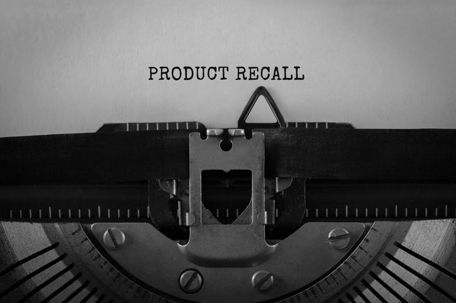When it comes to product liability claims, injured users, or, “plaintiffs” typically must prove that a product was somehow defective and caused damages, such as injury or the destruction of property. If an incident in your life meets these two requirements, you might have a viable product liability claim.
That said, product liability claims are often difficult to prove. It must be shown that the injury or death was the result of a defective design, the failure to properly warn of danger, etc. And, the injury or death cannot be the result of the user’s failure. Finally, it can be challenging to prove that the injury or death was the result of the product failure (i.e. that the product caused the injury or death).
Those who are injured by defective products, however, should always consider consulting an attorney. An experienced lawyer representing a plaintiff injured by a dangerous product can draw the necessary connections between the product and the harm it caused.
What Makes a Product Defective?
In product liability law, a defective product is more than one that simply doesn’t work. The product must be defective in some way that it causes, or can cause, injury when certain conditions are met.
Typically, there are three ways in which a product may be defective: its design, its manufacturing, or the manufacturer’s failure to warn of a hazard. A product may only be defective in one of these ways, but it can also be defective in two or all three ways.
Design Defects
A design defect dooms a product from the start. In other words, the product’s design is so flawed that it presents a risk of injury to the user when used as intended. If a knife block loads knives with their tips poking out, this would be a major design defect. So too would be a floor fan with buttons placed directly beneath unenclosed blades.
Determining a design defect isn’t always as simple as these egregious examples, however. Sometimes there can be disagreement between how a product was designed to be used and how it is actually used.
Manufacturing Defects
Sometimes a product’s design is sound, but the defect lies in how it was built.
If a space heater was made with materials that have a low combustion or melting temperature, this is a manufacturing defect that can cause serious injury to the user. Likewise, a car built without working airbags can be considered a manufacturing defect if a driver was injured in a collision because the airbags failed to deploy.
Failure to Warn of a Hazard
Some dangerous conditions cannot be designed away or manufactured out of a product. For example, a table saw has sharp blades. In these cases, the product must come with appropriate warnings. Failure to warn is another basis of several product liability cases. When a company fails to anticipate how their products may be used (or misused) and warn of potential hazards, they risk liability for injuries. Sometimes seemingly innocuous products end up in product liability lawsuits simply because companies failed to warn of the products’ potential hazards.
Suppose there’s a building toy for children that consists of small plastic parts. Children can assemble these parts to create buildings, vehicles, etc. On every box, the building toy comes with a warning label: “WARNING: Choking hazard. Contains small parts.” That’s an example of a warning of a potential hazard posed by this building toy. Because people can put small pieces into their mouths and choke on them, the company must warn consumers of this potential hazard.
As another example, medications that fail to warn consumers of potential side effects or dangerous dosages can also become the subjects of product liability lawsuits.
Defects Must Have Caused Injury
If you purchased a defective product but weren’t injured by it, your claim would not have significant value. Without sufficient damages, it is less likely that you’ll find a lawyer willing to pursue your claim.
Product liability lawsuits can also fail when there is not a preponderance of evidence that a defect was responsible for an injury. Because of this, you can expect the defense to try to disprove the connection between a product’s defect and your injury.
For example, if you just mopped your floor and slid into your reverse-loading knife block, the manufacturer might argue it’s not liable for the injury because it occurred under conditions the company couldn’t control (your wet floor).
The example above is unrealistic, but it demonstrates one of the ways you can expect the defense to challenge your product liability claim despite a clear defect. Having an experienced lawyer on your side, however, can help you demonstrate the manufacturer’s liability despite these assertions.
Contact Us for Product Liability Assistance
If you were injured after using a product as intended, you may have a viable product liability claim.
Every year, defective products are responsible for thousands of serious injuries and deaths. These injuries can cause damages such as medical debt, lost wages, pain and suffering, and more. Those harmed by defective products can take legal action to recover the compensation they need to move forward with their lives.
Brett H. Oppenheimer, PLLC can provide the legal support and services you need to pursue a product liability claim. With our assistance, you can hold a company responsible for a defective product that injured you or someone you love.
Learn more about your legal options during a free consultation. Contact us today to learn more.

